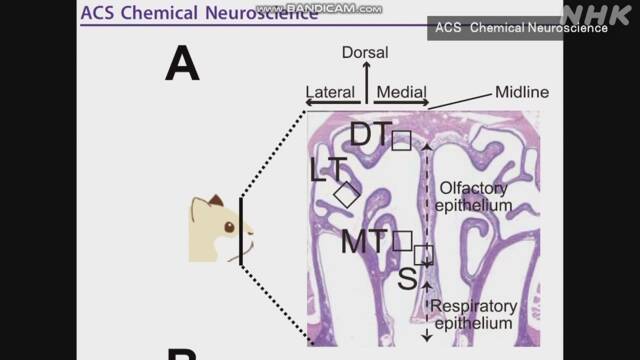A group such as the University of Tokyo has confirmed in an experiment using hamsters that infection with the new coronavirus damages the odorous tissue in the back of the nose at an early stage.
It is attracting attention as a research useful for elucidating the mechanism by which olfactory abnormalities occur after infection.
This study was published by groups such as the University of Tokyo and the University of Texas, USA.
The group administered different amounts of the new coronavirus to about 30 special hamsters and examined changes in the odorous tissue in the back of the nose called the "olfactory epithelium."
The result was that a large area of the olfactory epithelium was injured 3 days after infection in all hamsters, including hamsters that received very low levels of virus.
Most recovered to their original state three weeks after infection, but some returned only about two-thirds.
According to the group, there are reports that some olfactory abnormalities remained even after 18% to 45% of infected people were cured with the new coronavirus, and Shinji Urata, a researcher at the University of Tokyo, said, "Actual It is important to know how the inside of the nose changes in animal tissues. It is possible that a similar phenomenon occurs in the human nose, and in the future, we will elucidate the mechanism by which olfactory abnormalities occur and how to treat them. I want to connect it to development. "

